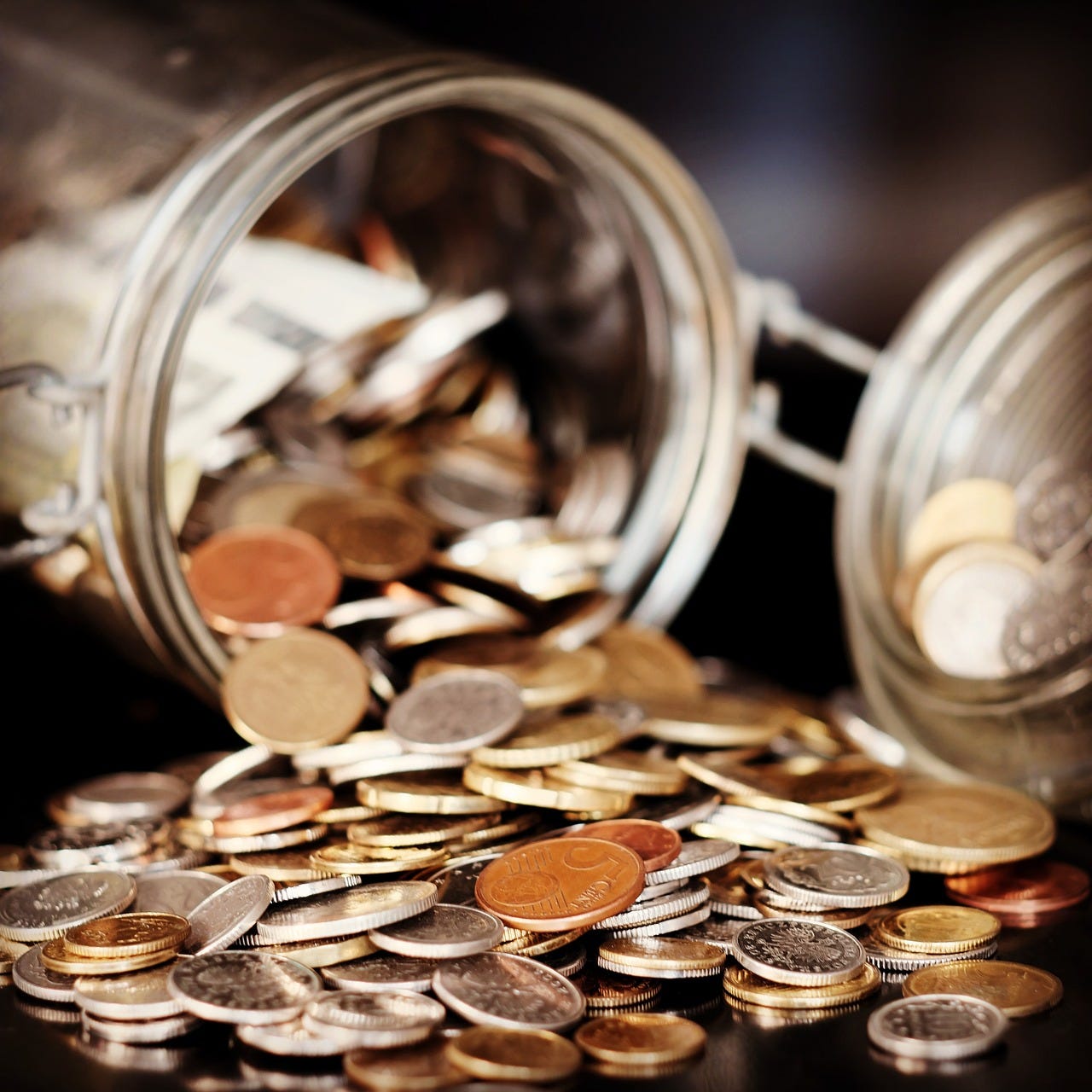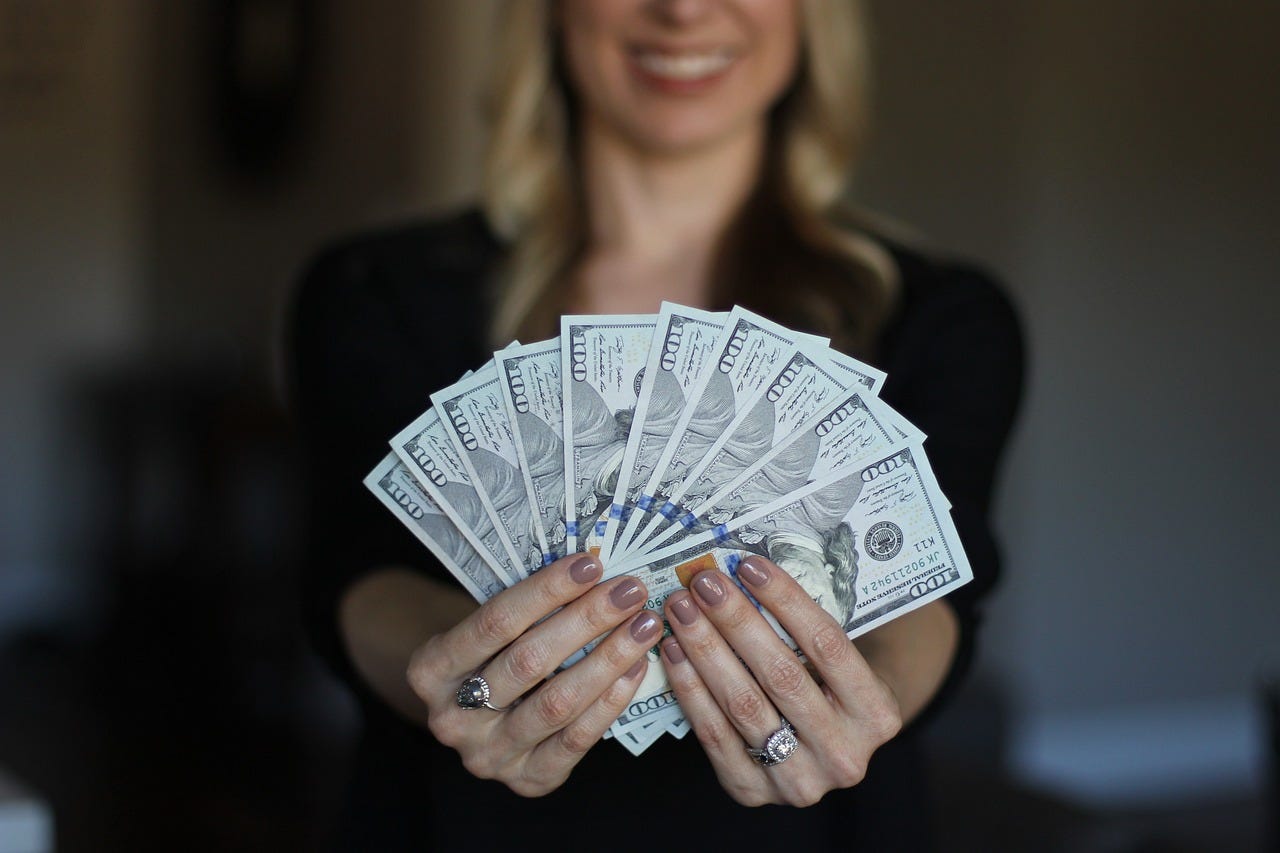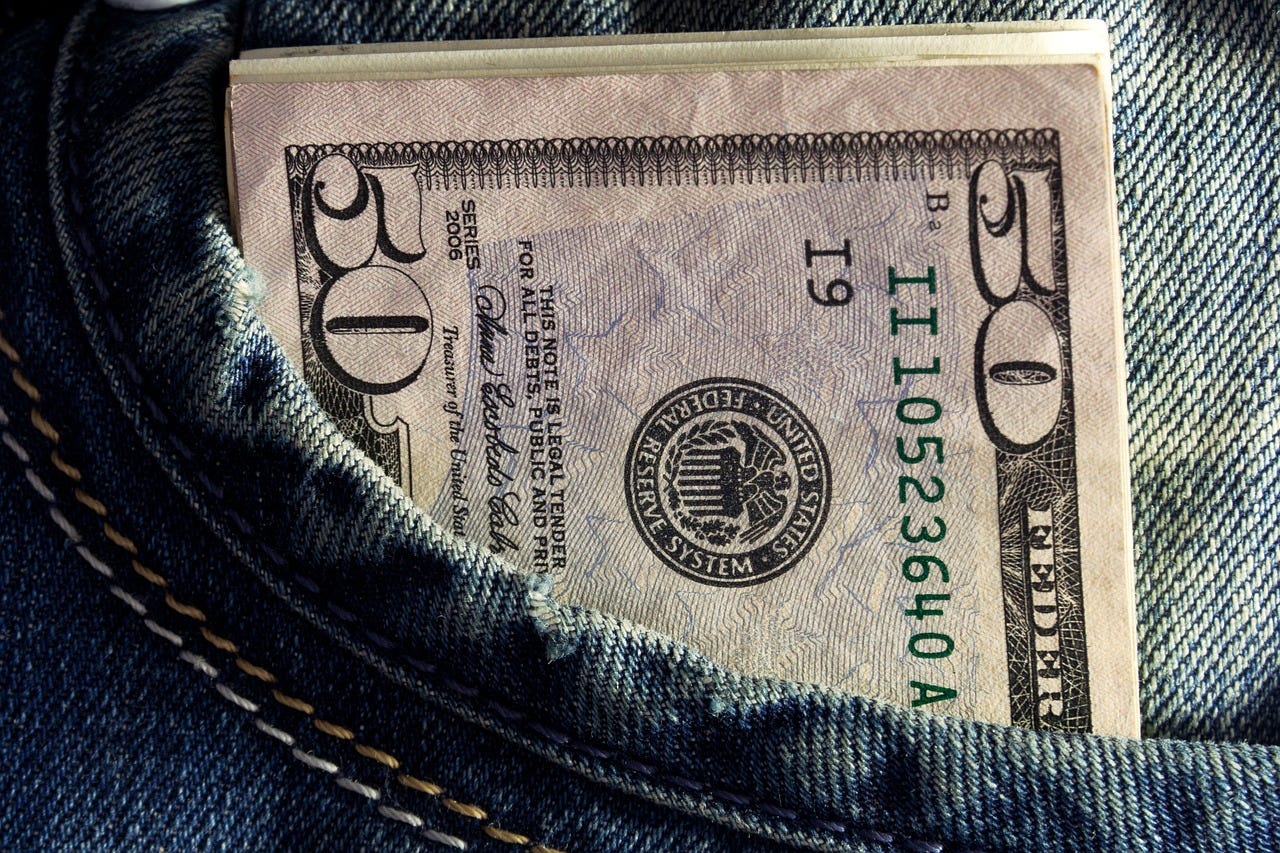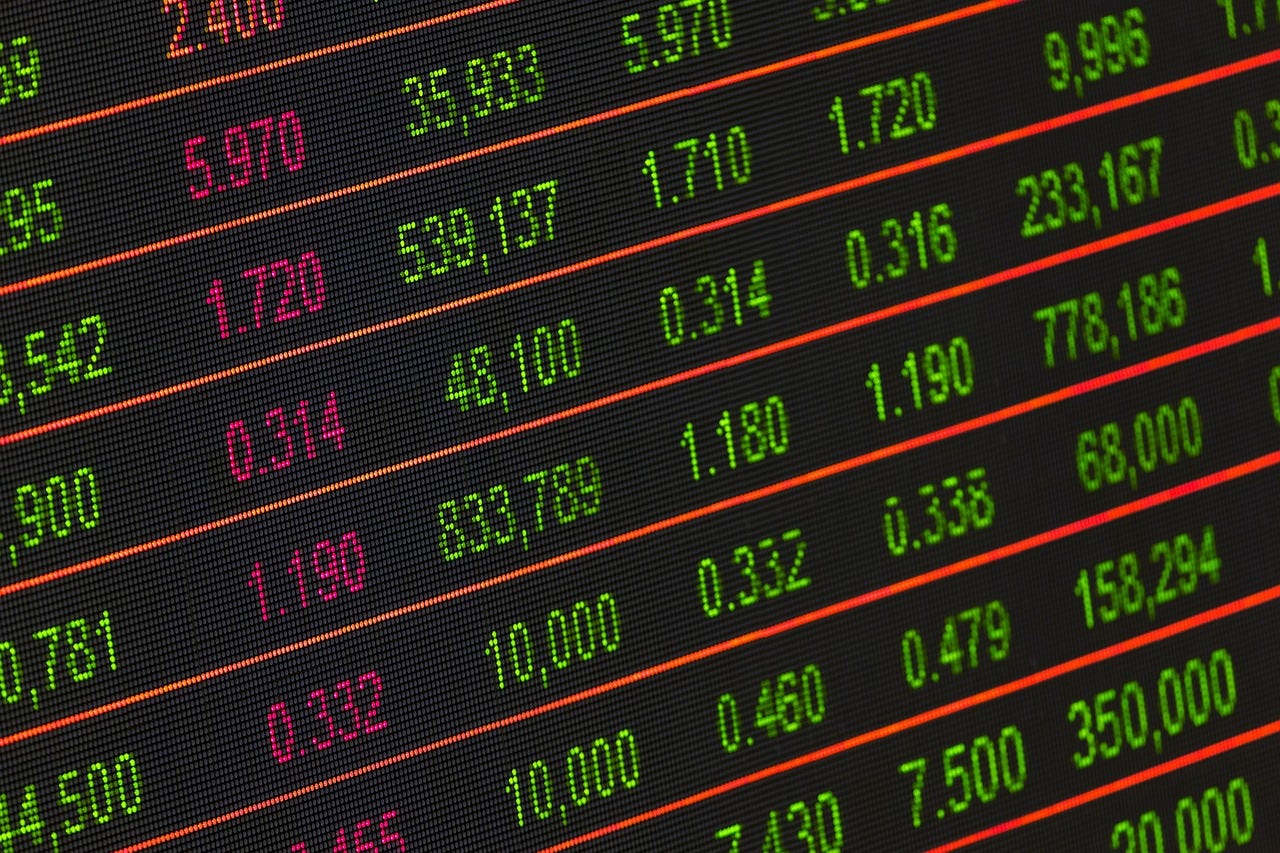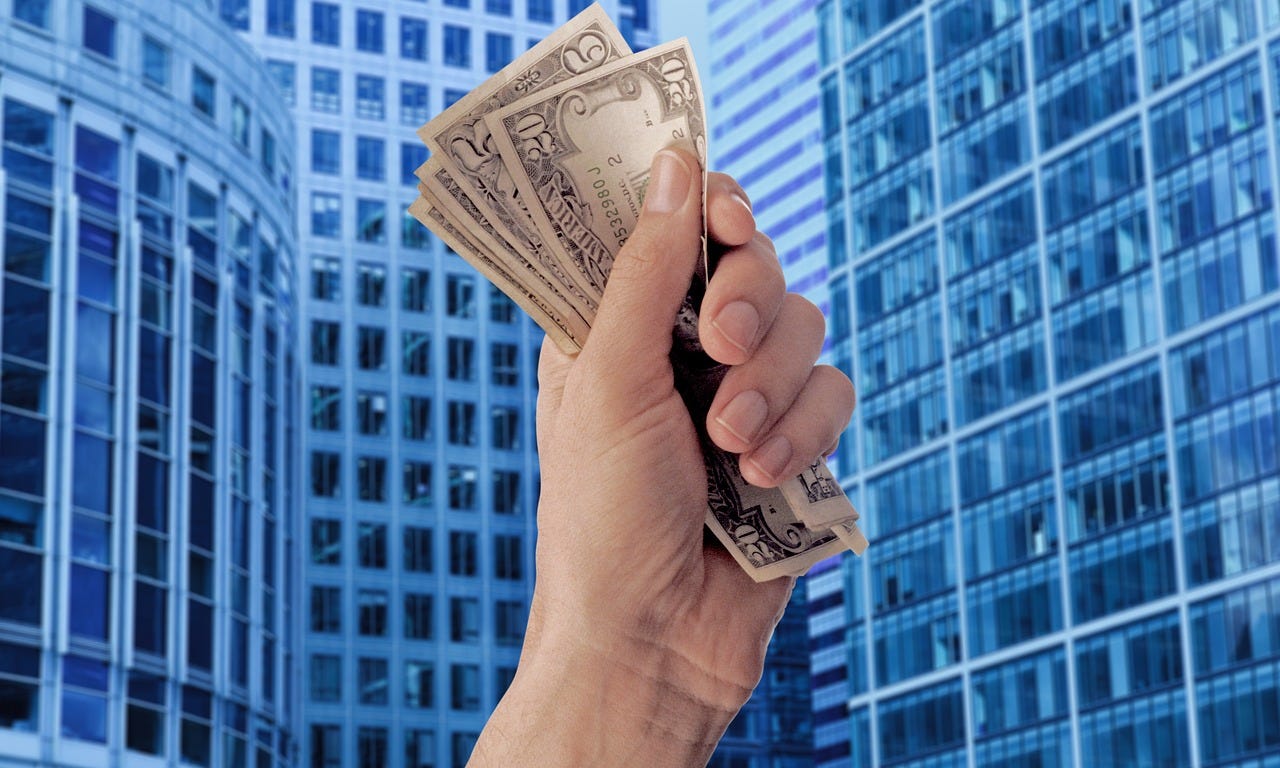What You May Have Missed This Week...
High yields for retirees, SCHD vs. VIG and strategies to add high profitability stocks to your portfolio.
In addition to the regular posts here on Substack, I also publish ETF research and notes over on my blog, ETF Focus on TheStreet.
In case you wanted to catch up on the latest research above and beyond what you’re reading here, this is a quick list of some of the most recent articles from the blog!
QRMI: Is This Defensive Income ETF Yielding 12% a Better Alternative to NUSI?
After a dismal 2022 that saw NUSI fall by around -28%, I think it's worth looking at some ETF alternatives to NUSI that also utilize the net-credit options collar strategy. One ETF that stands out in particular to me is the Global X Nasdaq 100 Risk Managed Income ETF (QRMI), which is more or less a direct competitor to NUSI. So far, it's been substantially less popular, having only accrued around $10 million in assets under management, or AUM compared to NUSI's $443 million in AUM. Let's compare both ETFs and see which one is the better buy.
DUHP: High Profitability Stocks Are A Must-Have In This Market
After investors finally started to pay attention to fundamentals again in 2022, they've returned to old habits in 2023. With the U.S. economy demonstrating surprising resilience and investors getting overly giddy about the potential of AI, tech stocks have roared back to life. For the time being, investors don't seem particularly concerned about inflation, high interest rates, a housing market downturn or the potential for recession in the coming quarters. They're interested in swinging for the fences in an attempt to capture maximum returns. That's not going to last though.
SCHD vs VIG: Why I Still Like SCHD More
I know retail investors tend to "buy high, sell low", but the extent of this poor investment behavior was unknown to me until I started browsing some Reddit investment communities. For instance, on r/dividends, many investors are currently capitulating on the Schwab U.S. Dividend Equity ETF (SCHD) after recent poor performance due to the ETF's financial sector exposure. This line of thinking is why the average investor's money-weighted rate of return consistently lags their fund's time-weighted rate of return. Dividends were hot last year, but not so much this year when tech growth stocks are on another bull run, this time fueled by the artificial intelligence (AI) hype train.
Retirees: Check Out These 3 Low-Risk Bond ETFs Yielding 5%
I was helping my dad manage his retirement portfolio in 2022 when he asked me an interesting question: "Tony, my portfolio has a "conservative" risk level – so why is it down so much year to date?" The answer is bonds, in particular how they behave during a rising interest rate regime. For years, investors (especially retirees) either overweighted fixed-income allocations or durations in an attempt to hunt for yield in a low-interest rate environment. This did not work in 2022. One strategy to consider is an allocation to cash-like, short-duration, high-quality bond ETFs as a replacement for part of the usual aggregate bond fund allocation.
Don't Get Out Of The Stock Market: 6 Ways To Risk Hedge Your Investment Portfolio Instead!
When investors consider what to do when stocks are down, they usually give themselves two choices: stay in or get out. It’s often a decision between 100% stocks (or some combination of equities and fixed income) or 100% cash with no in-between. Many people view this as an “A or B” choice and they shouldn’t. Portfolio construction is very nuanced and investors should give themselves every opportunity to generate positive returns. The decision to move into cash may or may not ultimately prove to be the correct one, but we know that most people do a horrible job of deciding WHEN to get in and out.
An Investing Expert Explains How He Screens For the Best Dividend ETFs
To get some ideas, I grabbed a few quotes from Wes Moss. Wes is the Managing Partner and Chief Investment Strategist of Capital Investment Advisors, a registered investment advisor firm with over $4 billion in assets under management. He is also the host of the Retire Sooner podcast, a Certified Financial Planner (CFP), and the author of three books on retirement planning. Here's what he had to say about dividend ETFs.
Why Is Your Cash Sitting In A Bank Account? 5 Low Risk ETFs With A 5% Yield
It was just two short years ago that investors looking to pivot away from stocks and into cash needed to effectively accept zero return for the privilege. Treasury bills and money market funds were literally paying 0%. You could push into long-term Treasuries for a modestly higher 1.5% yield, but who really wants to take that kind of risk for so little yield? Junk bond ETFs paid around 4%, but, again, is the risk really worth it? Flash forward to today and it's a much different environment.




